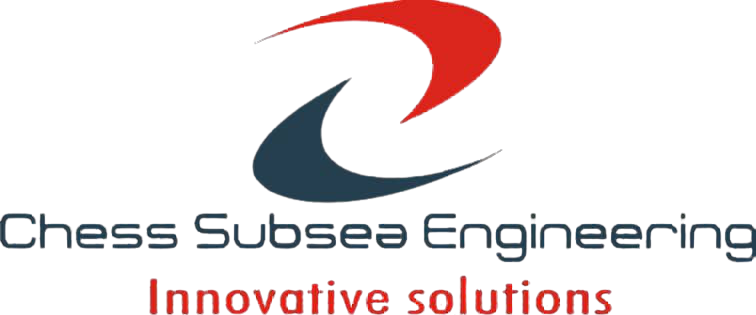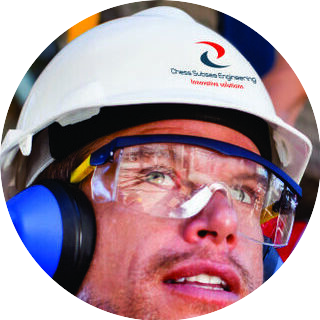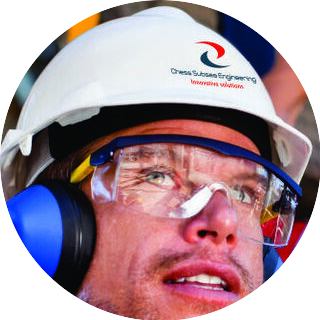Course Content
The emphasis is on computational methods for practical fluid flow problems. Although not specifically dealt with in the course, the methods to be presented are readily generalized to handle the accompanying heat and mass transfer problems. Methods for inviscid, viscous and turbulent flow regimes are presented, and the methods are equally applicable to two and three-dimensional flow configurations.
Learning Outcome
Knowledge:
The course provides the student with knowledge about computational methods with finite differences, finite volumes and finite elements for technical fluid flow problems.
The course gives the student insight about finite difference methods, with necessary boundary conditions, accuracy, stabillity, finite volume methods, with necessary boundary conditions, accuracy, stabillity, special discretization, unstructured grids, fast solvers of large equation systems, multigrid, Krylov methods, turbulence modelling, implementation of models in fluid programs, limitations of different turbulence models for describing important fluid flow phenomena.
Skills:
The course should enable the student to:
- give necessary boundary conditions for elliptical, parabolic and hyperbolic partial differential equations,
- perform simple stabillity analysis for difference schemes,
- critical use of turbulence models i fluid flow problems.
General Competence:
The course should give the student insight in critical evaluation of results from computational fluid flow programs.
Learning Methods and Activities
Lectures, exercises and simulation problems. The lectures and exercises are in English. If the teaching is given in English the examination papers will be given in English only. Students are free to choose English for written assessments. If there is a re-sit examination, the examination form may be changed from written to oral. To pass the course a score of at least 70 percent is required.
Required Previous Knowledge
Knowledge as in subject Finite Element Analysis (FEA) with ANSYS (OSFAA) Level 1 & Level 2
Course Materials
Information will be given at course startup.







